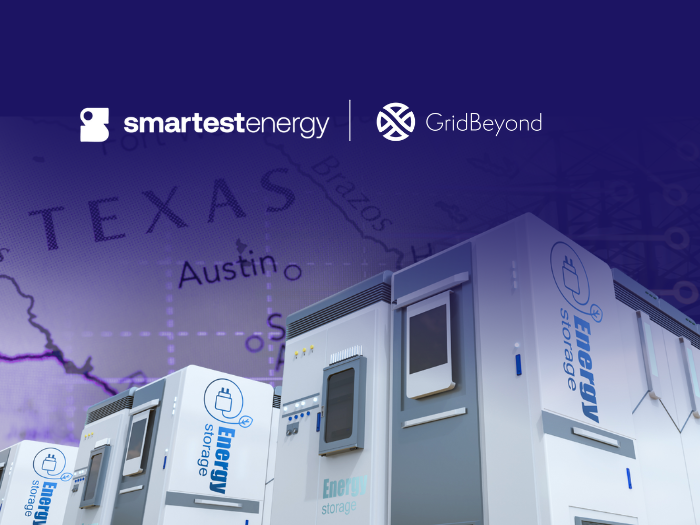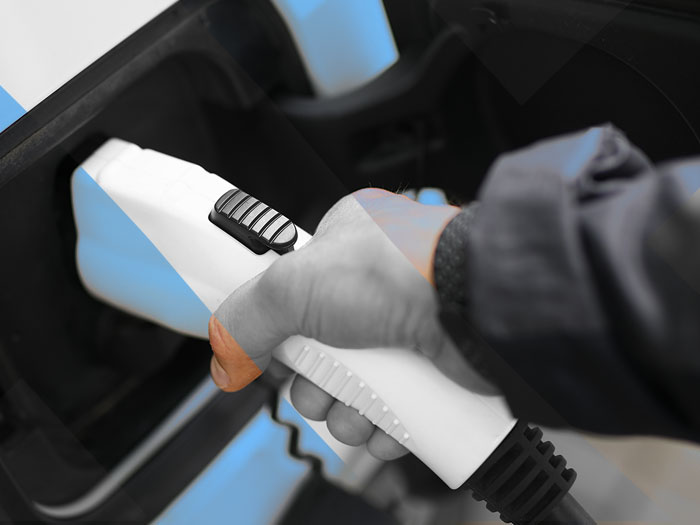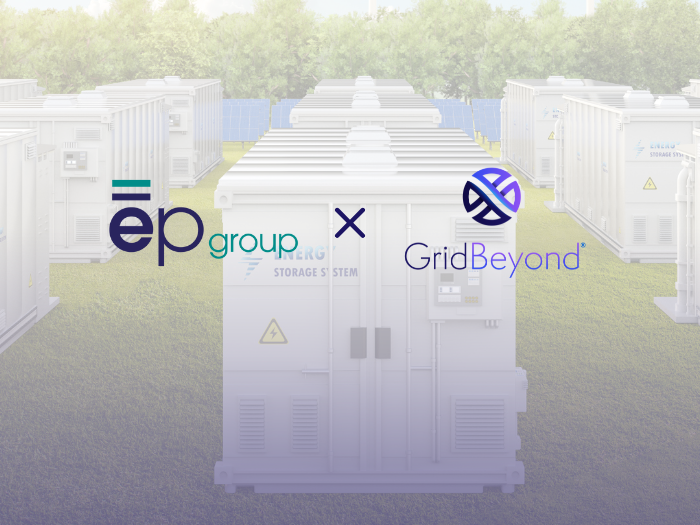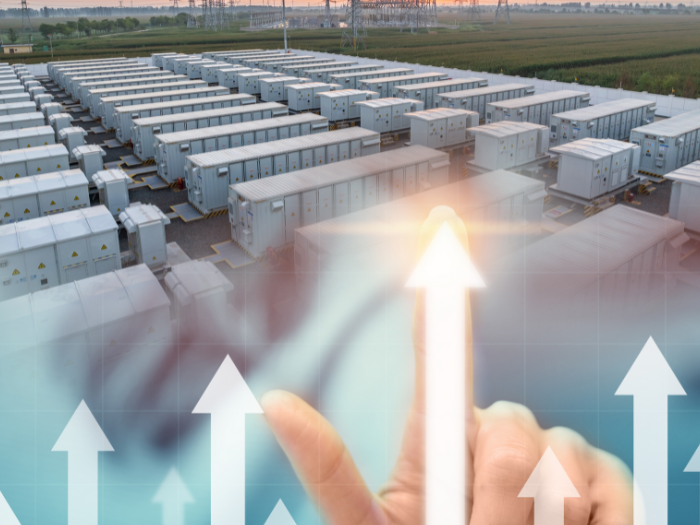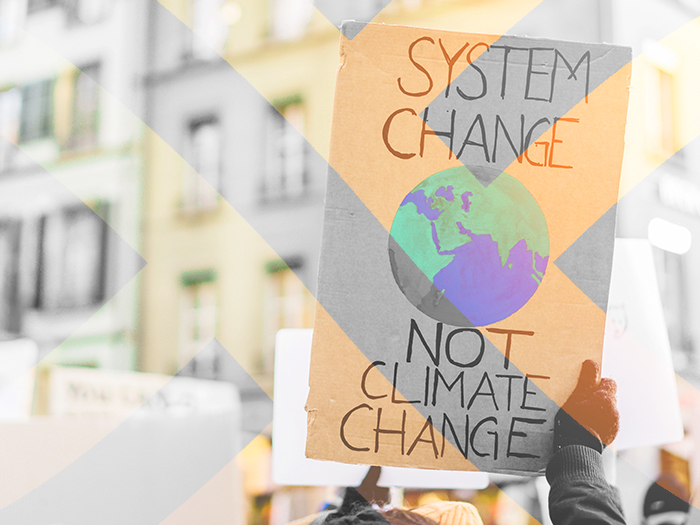Insights
better business decisions
Posted 2 years ago | 4 minute read
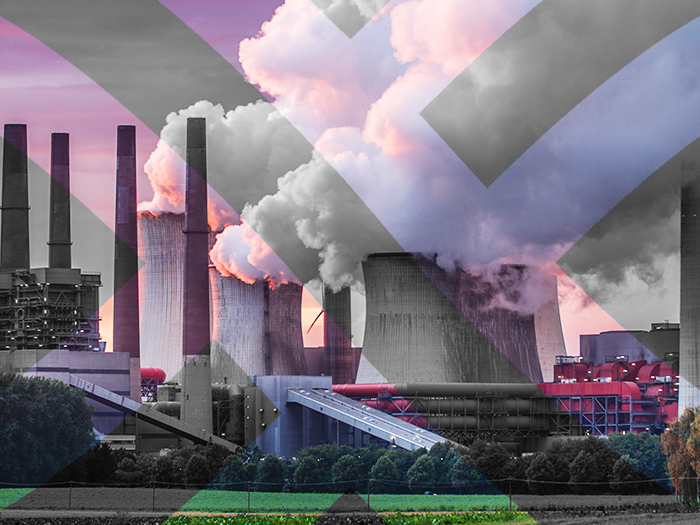
Australia at risk of electricity supply shortages
Australia is at risk of energy shortfalls without more clean energy investment to offset the accelerating demise of coal-fired power plants.
The Australian Energy Market Operator (AEMO) released an update to the 2022 Electricity Statement of Opportunities (ESOO) report, on 21 February, confirming the urgent need for investment in generation, long-duration storage and transmission to achieve reliability requirements over the next decade.
Since the 2022 ESOO (August 2022), 1,326MW of wind and 461 MW (604 MWh) of battery storage projects across the NEM have met AEMO’s commitment criteria. But according to the report, expected unserved energy (USE) is within the Interim Reliability Measure (IRM) for all regions until and including 2024-25. But from 2025 reliability gaps begin to emerge. These gaps widen until all mainland states in the NEM are forecast to breach the reliability standard from 2027 onwards.
“Urgent and ongoing investment in renewable energy, long-duration storage and transmission is needed to reliably meet demand from Australian homes and businesses,” AEMO Chief Executive Officer Daniel Westerman said. “Investment in firming generation, such as pumped hydro, gas and long-duration batteries, is critical to complement our growing fleet of weather-dependent renewable generation to meet electricity demand without coal generation,” he added.

Source: AEMO
For New South Wales, the forecast reliability risk is higher than in the 2022 ESOO in 2023-24 due to the announced delay to Kurri Kurri commissioning, however expected USE remains within the IRM in 2023-24 and 2024-25. The remainder of the reliability assessment (2025-26 to 2031-32) generally shows less reliability risk than that published in the 2022 ESOO, predominantly due to the commitment of the Waratah Super Battery Project. Expected USE is forecast above the IRM from 2025-26 when Eraring Power Station reaches its advised retirement date and the project commences. Announced delays to the Snowy 2.0 development do not have a material impact on forecast reliability outcomes due to transmission limitations within New South Wales.
From 2027-28, expected USE is forecast to be above the reliability standard, and to increase further from 2029-30 when Vales Point Power Station reaches its announced expected retirement. While this forecast signals a need for further capacity development, many developments are under consideration in New South Wales which have the potential to significantly reduce the projected reliability risk.
Reliability risks in Queensland are forecast to increase when New South Wales reliability risks increase, as inter-regional reliability support is often shared. Expected USE is forecast above the reliability standard from 2029-30 when Vales Point Power Station in New South Wales is expected to retire, and after the Callide B Power Station retires.
For South Australia the reliability risk is lower than reported in the 2022 ESOO in 2023-24 due to the commitment of Bolivar Power Station and Tailem Bend battery, and the delayed retirement of Osborne Power Station. In 2026-27, reliability risks increase but remain within the IRM. At this time, Torrens Island B is advised to retire and EnergyConnect, a new interconnector from New South Wales and Victoria, has advised full commissioning by July 2026, consistent with that previously reported in the 2022 ESOO. Expected USE is forecast to be greater than the IRM from 2028-29, and then greater than the reliability standard from 2030-31 when numerous small gas generators are expected to retire.
The forecast reliability risk in Victoria is lower than reported in the 2022 ESOO, remaining within the IRM between 2022-23 and 2025-26. The change is predominantly due to the commitment of Golden Plains and Mortlake South wind farms and the Hazelwood battery. From 2026-27 the expected USE is forecast above the IRM. From 2028-29, expected USE is forecast above the reliability standard when Yallourn Power Station is advised to retire.
GridBeyond Managing Director Mark Davis said:
“Although Australia has a strong pipeline of new wind and solar plants, and battery storage projects, this falls well short of what is needed to ensure reliability.
“High energy prices and new risks of energy shortages have forced a reprioritisation of energy security. What is needed now, more than ever, is a holistic approach that delivers concurrently on the three transition imperatives – affordability, security of supply, and sustainability – at an accelerated pace. To meet this challenge, it’s crucial that supply-side interventions are supplemented with action on the demand-side to achieve the energy transition objectives in the required time frame.
“With the right technology and automation processes in place, current energy market volatility and security constraints provide an opportunity for industrial and end consumers to help keep the lights on while generating additional revenue and making savings on energy costs.”


